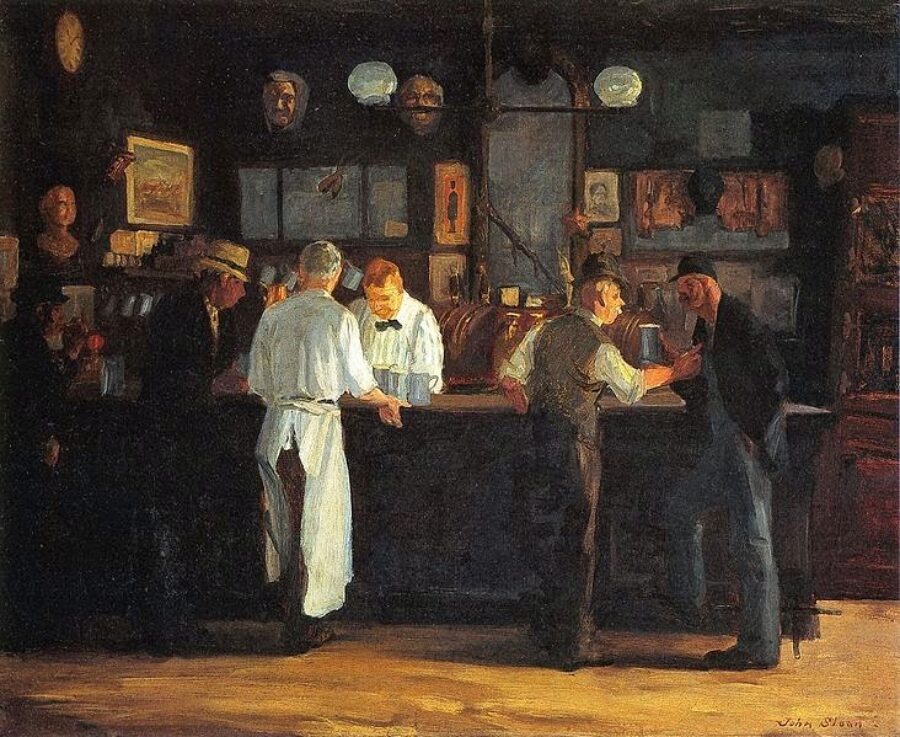Art has always functioned as a seismograph of societal shifts, providing insights into the social, political, and cultural climate of a particular time. Artists, by engaging with contemporary issues, interpret collective experiences and offer a mirror to society. As the world grapples with struggles for justice and equality, art remains one of the most powerful means of communicating these narratives to the broader public. From traditional paintings to modern performance pieces, art bridges the gap between complex social realities and the emotions they evoke.
Recent global events such as the COVID-19 pandemic, the Black Lives Matter movement, refugee crises, and the escalating climate emergency have all sparked urgent artistic responses. In this way, art has proven itself not only as a cultural form but as a vehicle for social commentary. Murals with political messages, digital art campaigns on social media, and thought-provoking installations such as flag and shoe displays dedicated to victims of violence are just a few examples of how art brings societal injustices into the spotlight, making them visible to a wider audience and calling for collective action.
The Political Power of Art: A Call to Action
Art in the contemporary world is no longer confined to the walls of galleries. Increasingly, artists view their work as an active form of political engagement, pushing boundaries and challenging the status quo. Art becomes a space for activism, transcending traditional boundaries to reach a broader public. Notable artists such as Chinese dissident Ai Weiwei and street art legend Banksy exemplify this dynamic approach to activism through their creative work.
Ai Weiwei, for example, uses installations to highlight human rights violations, the plight of refugees, and the broader issues of freedom and justice. His installation featuring thousands of life vests worn by refugees at a Berlin concert hall draws attention to the harrowing global refugee crisis. Banksy, on the other hand, uses graffiti and street art as a public platform to comment on everything from social inequality to environmental degradation, making his art both accessible and thought-provoking.
These artistic interventions reach audiences far beyond the gallery, often directly engaging with the public in urban spaces, where the work can challenge perceptions and ignite discussions about societal issues. Protest art, such as that created during the civil rights movement and the AIDS epidemic, serves as a powerful reminder of how art can stimulate social and political change. Today, artists continue this tradition, using their platforms to provoke debate, mobilize action, and give voice to marginalized communities.
Art as a Tool for Social Change: Empowering Movements Globally
Art’s emotional and symbolic power is an invaluable asset when it comes to driving societal change. As the world faces increasingly complex challenges, art has emerged as a key tool for social transformation. The fusion of art and activism, often referred to as artivism, has gained significant traction in recent years. Artists around the world are using their work to engage with social issues and challenge the status quo.
In Chile, for example, large-scale murals painted during the 2019 protests documented the public’s demand for social reform and served as a catalyst for political change. Similarly, in rural India, a mobile theater project toured in 2020 to educate communities about COVID-19 prevention. The impact of these artistic movements lies in their ability to connect emotionally with the public. When mere facts and statistics fall short, art provides a more accessible and compelling narrative, one that resonates deeply with human emotions and experiences.
In the United States, performance art has been used as a powerful tool to bring attention to police violence and racial injustice. These performances often go beyond traditional forms of protest, providing both an emotional release and a call to action. As noted by Global Citizen, artists around the world fight for global change by addressing issues like extreme poverty and its root causes. Through their work, they create spaces for dialogue, inspire action, and suggest new ways forward.
Art’s Role in Challenging Social Norms and Creating New Possibilities
Art does more than reflect society; it actively participates in shaping it. By addressing issues like racism, gender inequality, and environmental destruction, art serves as both a mirror and a blueprint for social progress. Through creative expression, artists open up alternative possibilities for the future, suggesting new visions of the world that challenge the limitations of current systems.
Art’s ability to transform public consciousness and create a space for alternative futures cannot be overstated. In the face of political oppression, environmental collapse, and growing inequality, art provides an outlet for collective expression and a means for reimagining society. Whether it’s through a mural, a performance, or a digital campaign, art plays a pivotal role in transforming public opinion and influencing policy change.
Why Art Matters: A Call to Embrace the Power of Artistic Activism
As we move further into the 21st century, the power of art to reflect and transform society will only continue to grow. The intersection of art and activism, artivism, has proven to be an effective tool in challenging the status quo, amplifying marginalized voices, and advocating for social change. Whether through protest murals, social media campaigns, or powerful performances, art has the capacity to inspire and drive transformative change in ways that few other mediums can.
Get Involved: Support Art for Change
As an individual, you can contribute to this powerful movement by supporting artists who use their craft to address social and political issues. Whether you attend an art show, share an artist’s work on social media, or participate in local activism, you are helping amplify the message. Art has the ability to reshape society, and by supporting artistic activism, you become part of the solution. Stand with artists as they continue to challenge norms, provoke thought, and inspire change.
Art holds a unique position as both a reflection of society and a tool for transformation. Through the power of creativity and activism, artists are shaping the world’s future, addressing complex social issues, and inspiring action. The continued collaboration between art and activism will be essential as we move forward into a new era of social and political change.










